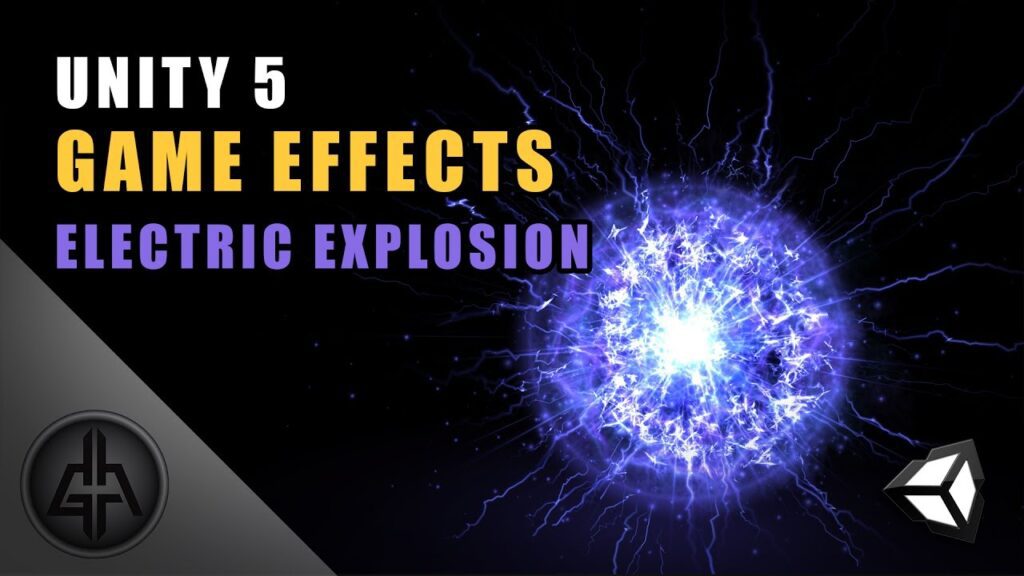Visual effects are crucial in gaming, contributing to the overall gaming experience by creating a realistic atmosphere, such as explosions and atmospheric effects. Game developers use game engines, 3D modeling, and various techniques like particle systems and dynamic lighting to create captivating and engaging games. Explosions in games are created using complex algorithms that simulate a large number of particles like smoke, fire, and debris; dynamic lighting that can create realistic shadows and reflections, and sound effects that immerse players into the game’s action. Atmospheric effects like fog, rain, and snow are also created using particle systems, dynamic lighting, and weather simulation techniques.
Introduction
Visual effects play a significant role in video games. From creating realistic explosions to atmospheric effects, visual effects enhance the overall experience of gaming. The process of creating visual effects in games involves a combination of technical knowledge, artistic vision, and creativity. In this article, we will explore the magic behind visual effects in video games and the process of how games are made.
Creating Visual Effects in Video Games
Visual effects in video games are created using a variety of techniques and tools. One of the primary tools used by game developers is the game engine. Game engines are software frameworks that provide a set of tools and functionality to create, develop and publish games. They include features such as physics engines, rendering engines, animation tools, and more.
Another important aspect of creating visually stunning games is the use of 3D modeling software. Game developers use these software tools to create detailed and realistic models of characters, environments, and objects. These models are then imported into the game engine, where they can be further manipulated and enhanced using various visual effects techniques.
The Magic of Explosions in Video Games
One of the most impressive visual effects in video games is explosions. Explosions in games are created using a combination of advanced particle systems, dynamic lighting, and sound effects. Particle systems are a technique used to simulate a large number of particles, such as smoke, fire, and debris. These particles are created using complex algorithms that allow them to interact with the game environment, creating realistic effects.
Dynamic lighting is another essential element in creating realistic explosions. Dynamic lighting refers to the use of real-time lighting effects that change based on the game environment’s conditions. In the case of explosions, dynamic lighting can create realistic shadows and reflections, which enhance the visual effects further.
Additionally, sound effects play a crucial role in creating impactful exploding effects in games. A powerful explosion sound can complete the overall experience of the player, immersing them in the game’s action.
Atmospheric Effects in Video Games
Atmospheric effects are another critical aspect of creating visually stunning video games. These effects include fog, rain, snow, and more, which help to create a more immersive game experience. To create atmospheric effects, game developers use a combination of particle systems, dynamic lighting, and weather simulation techniques.
For example, fog in games is created using a specific type of particle system that simulates the movement and density of fog. Dynamic lighting is also used to create realistic shadows and reflections within the fog. Weather simulation techniques can recreate the effects of rainfall or snow, bringing a new level of immersion to the game’s atmosphere.
Conclusion
Visual effects play a vital role in creating captivating and immersive video games. From explosions to atmospheric effects, the process of creating visually stunning games involves a combination of technical knowledge, artistic vision, and creativity. By using a combination of game engines, 3D modeling software, and various techniques such as particle systems and dynamic lighting, game developers can create realistic and engaging games that leave players in awe.
